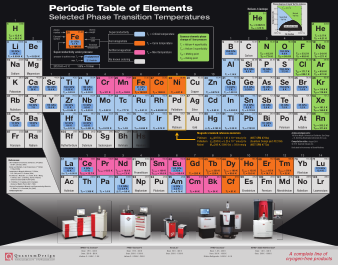from thermodynamical point of view at absolute zero pressure each and every compound will evaporate, given enough time. So, it is better to stick with finite (i.e. small, but non-zero) pressure.
Then again, phase diagrams usually has 'triple point' (at which solid, liquid and gas coexists) with three areas - lower-right one, where gas is stable, left one, where solid is stable, and upper, where liquid is stable, with barrier between liquid and gas fading at some point. This means, that liquid is doubtful to exist in vacuum.
Given that, you can hope for slowly evaporating solids, which are ones with crystal structure hold by metallic or covalent bond. Evaporation speed should drop with boiling point raise, which drops in the row of $\ce{C}$ (3915 K), $\ce{B}$ (3927 K), $\ce{Be}$ (2725 K), $\ce{Li}$ (1342 K). $\ce{Be}$ is sometimes used as construction material in satellite construction, so it should work fine, but is very toxic. Carbon should work fine as well, as to my knowledge was used in thermonuclear fusion program (where both vacuum and hight temperature stability are required) , but is hard to work with. $\ce{Li}$ and $\ce{B}$ are out of consideration except VERY special application, as $\ce{Li}$ is highly corrosive and flammable and $\ce{B}$ is almost as hard to work with as diamond.

